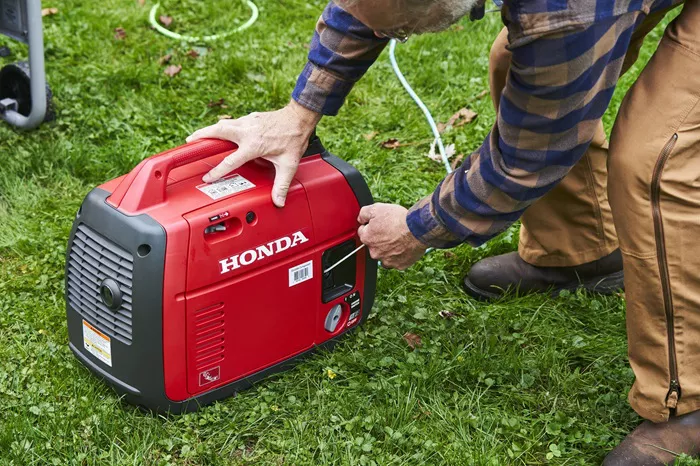Home generators provide backup power during outages, keeping essential appliances running. The cost of a home generator depends on several factors, including type, size, fuel source, and installation requirements. This guide explores different generator options, their costs, and key considerations to help you make an informed decision.
Types of Home Generators
Portable Generators
Portable generators are the most affordable option, ideal for short-term power needs. They run on gasoline, propane, or diesel and must be manually started.
Average Cost: 500–3,000
Power Output: 3,000 – 10,000 watts
Pros:
- Lower upfront cost
- Easy to move and store
- Good for occasional use
Cons:
- Requires manual operation
- Limited power capacity
- Not suitable for whole-house backup
Inverter Generators
Inverter generators are a quieter, more efficient version of portable generators. They produce clean power, making them safe for sensitive electronics.
Average Cost: 800–4,000
Power Output: 2,000 – 7,000 watts
Pros:
- Fuel-efficient
- Low noise levels
- Stable power output
Cons:
- Higher cost than standard portable models
- Limited to mid-range power needs
Standby Generators
Standby generators are permanently installed and automatically turn on during a power outage. They run on natural gas, propane, or diesel and can power an entire home.
Average Cost: 3,000–15,000+
Power Output: 10,000 – 50,000 watts
Pros:
- Automatic operation
- Whole-house power coverage
- Long-term reliability
Cons:
- High installation cost
- Requires professional setup
- Higher maintenance needs
Factors Affecting Generator Costs
Generator Size & Power Output
The size of the generator determines how many appliances it can support. A small 5,000-watt unit can run essentials like lights and a refrigerator, while a 20,000-watt standby generator can power an entire home.
Fuel Type
Different fuel options impact both initial and long-term costs:
Gasoline: Low upfront cost but requires frequent refueling.
Propane: Clean-burning and stores well but needs a large tank.
Diesel: Efficient for heavy-duty use but noisy.
Natural Gas: Convenient for standby generators but requires a gas line.
Installation Costs
Portable generators need minimal setup, while standby generators require professional installation, including:
- Electrical wiring
- Fuel line connections (for gas/propane)
- Concrete pad or mounting
Portable: 0–500 (for transfer switch)
Standby: 1,500–5,000+
Transfer Switch
A transfer switch safely connects the generator to your home’s electrical system. Manual switches cost 200–600, while automatic switches (for standby generators) range from 500–2,000.
Maintenance & Fuel Costs
Portable Generators: Require regular oil changes and fuel stabilizers.
Standby Generators: Need annual servicing (200–500 per year).
Fuel Expenses: Natural gas is cheaper long-term, while gasoline and propane fluctuate in price.
How to Choose the Right Generator
Calculate Your Power Needs
List essential appliances and their wattage to determine the required generator size.
Example:
- Refrigerator: 800 watts
- Sump pump: 1,500 watts
- Lights: 500 watts
- Total: 2,800 watts (minimum)
Decide Between Portable & Standby
For occasional use: Portable or inverter generator.
For whole-home backup: Standby generator.
Compare Fuel Options
Gasoline: Best for short-term use.
Propane/Natural Gas: Better for long outages.
Budget for Installation & Maintenance
Factor in setup costs and ongoing fuel/maintenance when comparing prices.
Conclusion
The cost of a home generator varies widely based on type, size, and installation. Portable generators are budget-friendly but limited, while standby generators offer full-home backup at a higher price. By assessing your power needs and fuel preferences, you can choose the best generator for your home. Investing in a generator ensures peace of mind during power outages, making it a valuable addition to any household.

